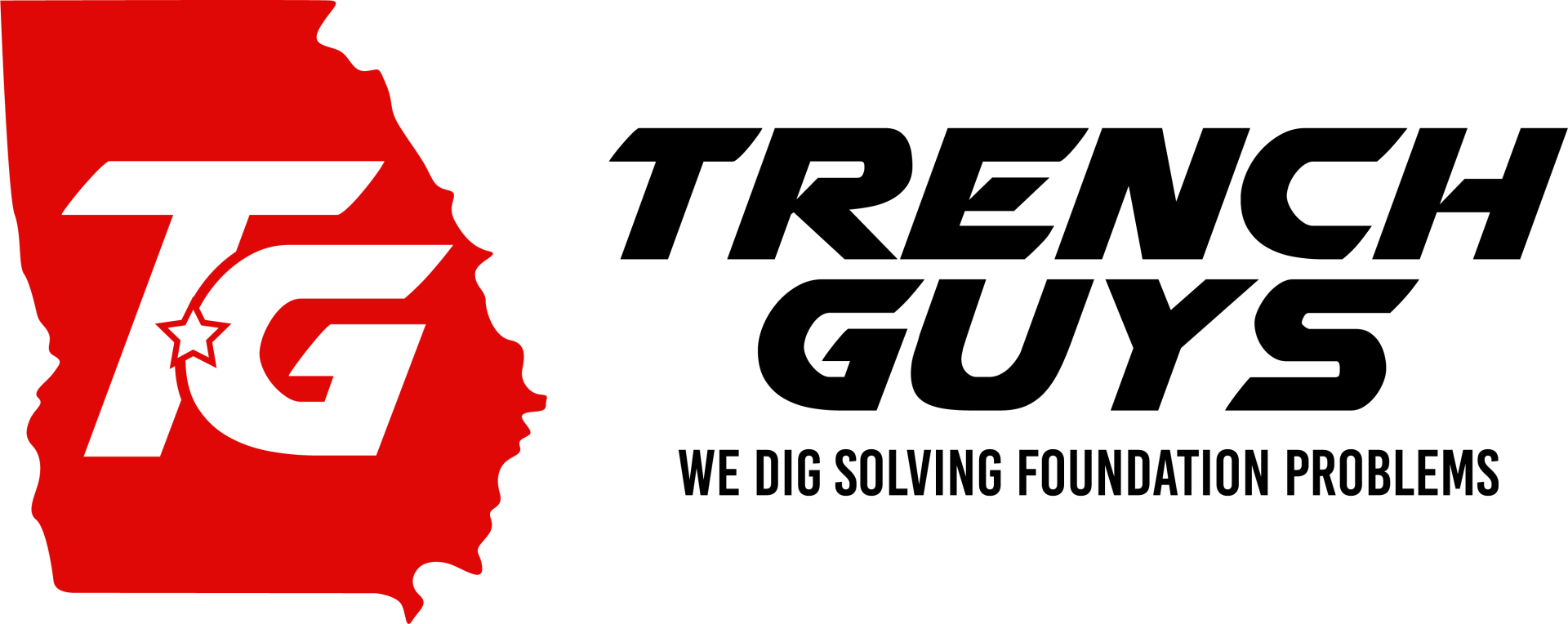Welcome to our insightful exploration into the world beneath your feet – the crawl space. Often hidden and easily overlooked, the crawl space plays a fundamental role in the overall structural integrity of your home. In this blog, we delve into why maintaining the structural health of your crawl space is not just important, but essential for the safety and longevity of your living space.
The integrity of a crawl space is crucial in supporting the weight and structure of your home. However, due to its inconspicuous location, it can become a breeding ground for a variety of structural problems. From moisture-induced damage to pest infestations, the issues that can arise in an unmaintained crawl space are both diverse and significant.
We will guide you through a brief explanation of common structural problems that can occur in crawl spaces, such as foundation cracks, wood rot, and weakening of support beams. Understanding these issues is the first step in preventing them. This blog aims to equip you with the knowledge to identify early signs of trouble and take proactive measures to ensure the structural soundness of your home.
Join us as we uncover the hidden importance of crawl space maintenance. Whether you are a new homeowner or have been in your residence for years, this guide will provide you with essential insights into maintaining the health and stability of your crawl space, and by extension, your entire home.
Identifying Crawl Space Structural Issues
The structural integrity of your home is significantly influenced by the condition of your crawl space. Identifying issues in this area early can prevent more extensive and costly damage. This section of our blog focuses on recognizing common signs of structural problems and understanding their typical causes.
Common Signs of Structural Problems
Structural issues in your crawl space can manifest in various ways throughout your home. Being aware of these signs is crucial for early detection and intervention. Here are some common symptoms to look out for:
- Sagging Floors: This can indicate weakened floor joists or support beams in the crawl space, often due to moisture or pest damage.
- Cracks in Walls: Look for cracks in interior or exterior walls, especially near the corners of doors and windows. These can signify foundation settling or shifting.
- Uneven Doors and Windows: Doors or windows that stick or don't close properly can be a sign of shifting in the home's structure.
- Visible Foundation Cracks: Any cracks in the foundation walls visible from the crawl space should be taken seriously, as they can indicate structural instability.
- Musty Odors or Mold: These can be indirect signs of structural issues, often caused by excessive moisture leading to wood rot.
Recognizing these signs can help homeowners take timely action to address potential structural issues in their crawl spaces.
Causes of Structural Damage
Understanding the causes of structural damage in crawl spaces is key to preventing them. Here are some typical factors that contribute to structural issues:
- Moisture: One of the most common culprits, moisture can lead to wood rot, mold growth, and foundation problems.
- Pests: Termites, carpenter ants, and rodents can all cause significant damage to wood and other materials in the crawl space.
- Poor Construction: Inadequate construction techniques or materials can lead to weaknesses in the crawl space structure.
- Lack of Maintenance: Neglecting regular inspections and maintenance can allow small problems to develop into major structural issues.
- Natural Aging: Over time, materials can deteriorate, and the ground can settle, leading to structural changes.
By understanding these causes, homeowners can be more proactive in maintaining their crawl spaces and preventing structural damage.
Assessing the Severity of Damage
Understanding the extent of damage in your crawl space is crucial for maintaining the structural integrity and safety of your home. This section of our blog provides insights into how homeowners can conduct a DIY assessment of their crawl space and recognize when it's time to seek professional help.
DIY Assessment Tips
For many homeowners, a basic DIY assessment can provide an initial understanding of the condition of their crawl space. Here are some guidelines to help evaluate the extent of structural damage:
- Visual Inspection: Look for visible signs of damage such as cracks in the foundation walls, sagging or buckling floors, and water stains. Use a flashlight for better visibility in dark areas.
- Check for Moisture: Use a moisture meter to measure the level of dampness in the wood and foundation. High moisture levels can indicate potential problems.
- Examine Structural Components: Carefully inspect joists, beams, and supports for any signs of rot, cracking, or shifting.
- Look for Mold and Mildew: Mold or mildew growth can be a sign of ongoing moisture issues, which may lead to or indicate structural damage.
- Document Your Findings: Take notes and photographs of any areas of concern. This can be helpful for tracking changes over time or for consultations with professionals.
Remember, while a DIY assessment can be helpful, it does not replace the expertise of a professional.
When to Seek Professional Help
There are certain situations where the expertise of a structural engineer or a professional inspector is necessary. Here’s when you should consider seeking professional help:
- Significant Cracks or Structural Shifts: Large cracks or noticeable shifts in the foundation or structure are serious concerns that require professional evaluation.
- Persistent Moisture Issues: If you have recurring water or moisture problems despite attempts to rectify them, it’s time to consult a professional.
- Extensive Mold or Mildew: Large areas of mold or mildew, especially in hard-to-reach places, should be assessed and treated by experts.
- After a Natural Disaster: If your home has been through a flood, earthquake, or similar event, a professional assessment is crucial to ensure structural safety.
- When in Doubt: If you’re unsure about the severity of a problem or how to address it, professional guidance can provide peace of mind and ensure proper treatment.
Understanding when and how to assess damage in your crawl space is key to maintaining the safety and integrity of your home. While homeowners can perform initial evaluations, recognizing the signs that require professional intervention is crucial for effective and safe resolution of structural issues.
Moisture Control and Waterproofing Solutions
Maintaining a dry crawl space is essential for the health and longevity of your home. Excess moisture in this area can lead to a variety of structural problems and health concerns. This section of our blog discusses the importance of moisture management and outlines effective waterproofing measures to protect your home.
Importance of Moisture Management
Moisture in the crawl space can be a major contributor to several structural problems in your home. Here’s how moisture can impact your crawl space and, by extension, your entire house:
- Wood Rot and Structural Damage: Excess moisture can lead to wood rot, weakening the structural components of your home, such as joists and beams.
- Mold and Mildew Growth: Moist environments are ideal for mold and mildew growth, which can lead to health issues and affect indoor air quality.
- Pest Infestations: Many pests are attracted to damp environments, and a moist crawl space can become a breeding ground for termites, rodents, and other pests.
- Increased Energy Costs: High humidity levels can make heating and cooling systems work harder, leading to higher energy bills.
Understanding these risks underscores the importance of effective moisture management in your crawl space.
Implementing Waterproofing Measures
There are several solutions to help manage moisture and waterproof your crawl space. Implementing these measures can significantly reduce the risk of moisture-related problems:
- Vapor Barriers: Installing a vapor barrier can prevent moisture from the ground from entering your crawl space. This is a crucial step in controlling the humidity levels in this area.
- Sump Pumps: In areas prone to flooding or with high water tables, a sump pump can be an effective solution to remove water that accumulates in the crawl space.
- Dehumidifiers: A dehumidifier can help maintain a dry environment in your crawl space, especially in regions with high humidity.
- Proper Ventilation: Ensuring adequate ventilation helps reduce moisture buildup and improves air circulation, preventing stagnant air and moisture accumulation.
- Insulation: Proper insulation can help regulate temperature and reduce the chances of condensation forming in the crawl space.
By implementing these waterproofing and moisture control measures, homeowners can protect their homes from the damaging effects of excess moisture, ensuring the structural integrity and health of their living space.
Repairing Structural Components
The structural integrity of your home largely depends on the condition of its foundational elements, including joists, beams, and the foundation itself. Over time, these components may suffer damage due to various factors like moisture, pests, or natural wear and tear. This section of our blog focuses on effective techniques for repairing damaged joists and beams, as well as addressing foundation issues to ensure the stability and safety of your home.
Fixing Damaged Joists and Beams
Joists and beams are critical for supporting the weight of your home, and their deterioration can lead to serious structural problems. Here are some techniques for repairing or reinforcing these vital wood structures:
- Assessing the Damage: Start by thoroughly assessing the extent of the damage to determine the appropriate repair method.
- Reinforcing with Sistering: For joists that are partially damaged, a common repair technique is 'sistering', which involves attaching a new joist alongside the damaged one.
- Using Epoxy for Minor Repairs: Small areas of rot can sometimes be treated with epoxy fillers, which harden to provide stability to the affected area.
- Replacing Damaged Sections: In cases of severe damage, it may be necessary to completely remove and replace the affected joist or beam.
- Ensuring Proper Ventilation: After repairs, ensure that your crawl space has adequate ventilation to prevent future moisture-related damage.
Addressing Foundation Issues
The foundation is the bedrock of your home, and issues here can have significant implications. Here are methods for repairing foundation cracks and improving foundation stability:
- Identifying the Cause: Before repairing cracks, it's important to understand what caused them – whether it's settling, water damage, or something else.
- Sealing Minor Cracks: Small, non-structural cracks can often be sealed with epoxy or polyurethane foam injections to prevent water infiltration.
- Underpinning for Major Issues: In cases where the foundation has significantly shifted or settled, underpinning may be necessary. This process involves extending the foundation depth or breadth to more stable soil.
- Installing Drainage Solutions: Proper drainage around the foundation is crucial. Installing French drains or similar systems can help divert water away from the foundation.
- Consulting with Professionals: For significant foundation issues, it's advisable to consult with structural engineers or foundation repair specialists to determine the best course of action.
Repairing structural components in your crawl space is essential for maintaining the safety and longevity of your home. While some repairs can be DIY projects, significant damage or complex issues should be addressed by professionals to ensure the repairs are effective and lasting.
Enhancing Crawl Space Stability
Maintaining the stability of your crawl space is crucial for the overall structural integrity of your home. Over time, foundations can settle or shift, and floor joists may weaken, leading to potential safety hazards. This section of our blog focuses on effective methods to enhance crawl space stability, including underpinning and jacking procedures, as well as reinforcing floor and wall structures.
HUnderpinning and Jacking
Underpinning and jacking are advanced procedures used to stabilize and strengthen the foundation of a home. Here’s how these processes work:
- Underpinning: This method involves extending the depth or breadth of the foundation to redistribute the weight of the building onto more stable soil. It's often used in cases of severe foundation settlement or soil instability. Underpinning can be done using various techniques, such as mass concrete underpinning, mini-piled underpinning, or expanding resin injections.
- Using Floor Jacks: For homes with sagging floors due to weakened crawl space structures, floor jacks can be used to provide temporary stabilization. These adjustable steel posts are installed to support the floor joists and raise the floor back to its original level. It’s important to note that while floor jacks offer a temporary solution, addressing the underlying cause of the sagging is essential for long-term stability.
Reinforcing Floor and Wall Structures
Strengthening the floors and walls connected to the crawl space is key to maintaining the structural health of your home. Here are some techniques for reinforcement:
- Sistering Floor Joists: This involves attaching new joists alongside the existing ones, providing additional support and stability to weakened or damaged floor joists.
- Adding Wall Supports: If crawl space walls show signs of bowing or cracking, installing support beams or wall anchors can help stabilize the walls and prevent further movement.
- Improving Floor Connections: Ensuring that the connection between the floor joists and the foundation is secure can help prevent shifting and sagging. This may involve adding joist hangers or reinforcing the sill plate.
- Addressing Moisture Issues: Since moisture can weaken wood and concrete structures, ensuring proper moisture control in the crawl space is vital. This may include installing vapor barriers, improving drainage, and using dehumidifiers.
Enhancing the stability of your crawl space is a critical aspect of home maintenance. While some reinforcement tasks can be done as DIY projects, significant structural issues should be assessed and addressed by professionals to ensure the safety and longevity of your home.
FAQs
Contact Trench Guys Today!
Trench Guys will do everything we can to ensure your experience with us is excellent.
Request A FREE Estimate
Request a Free Estimate Form
Checkout Recent Post
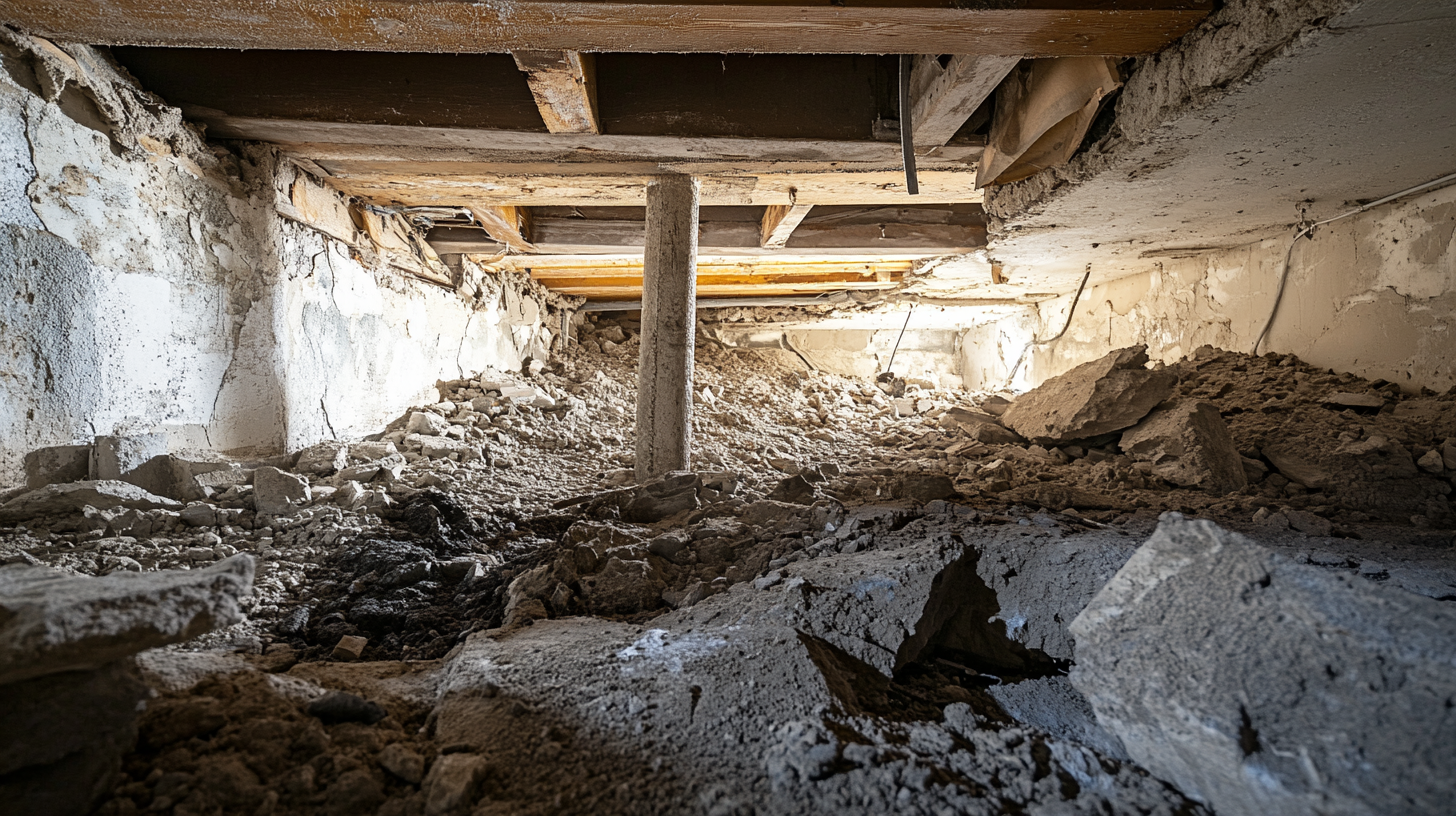

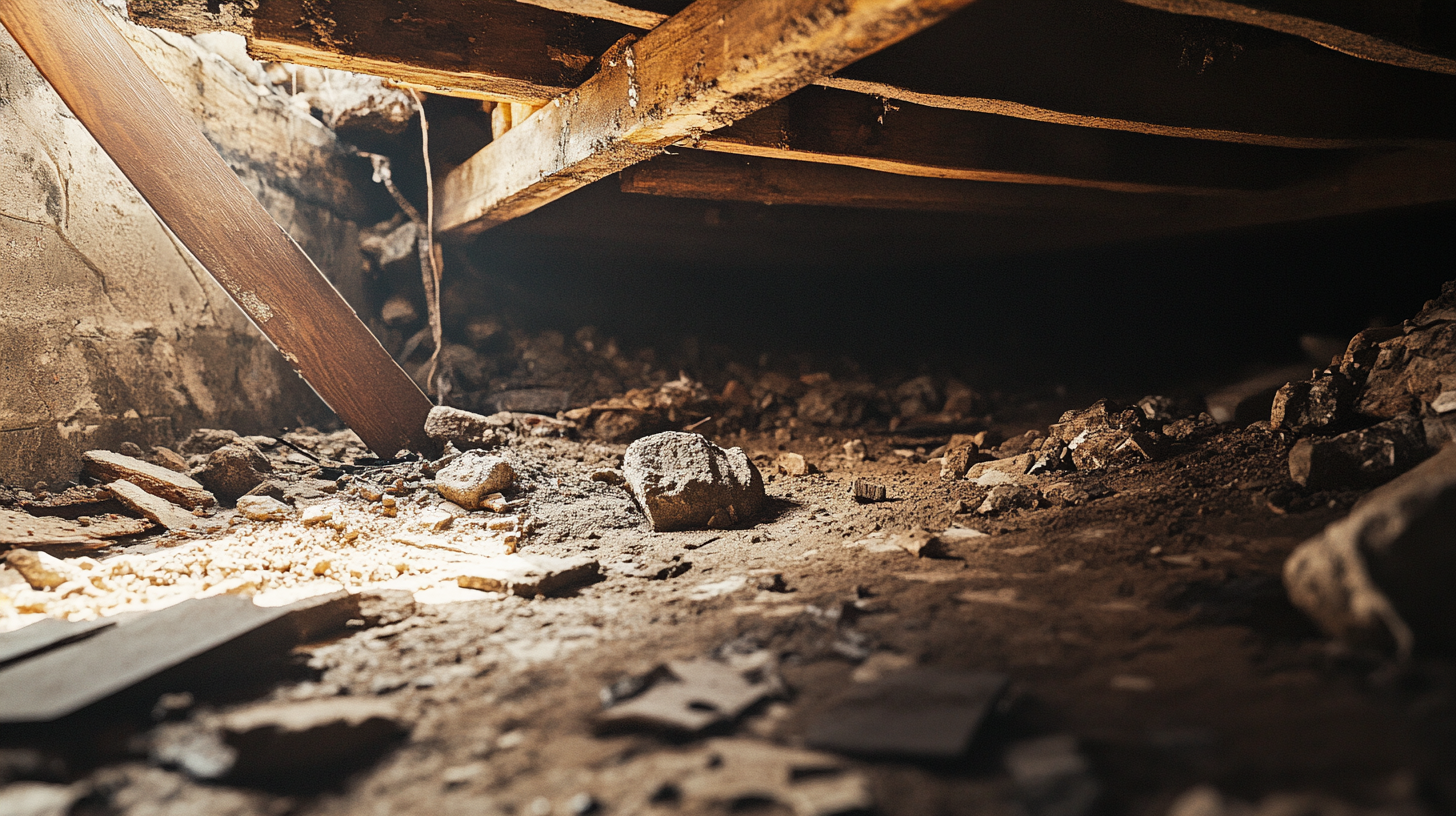
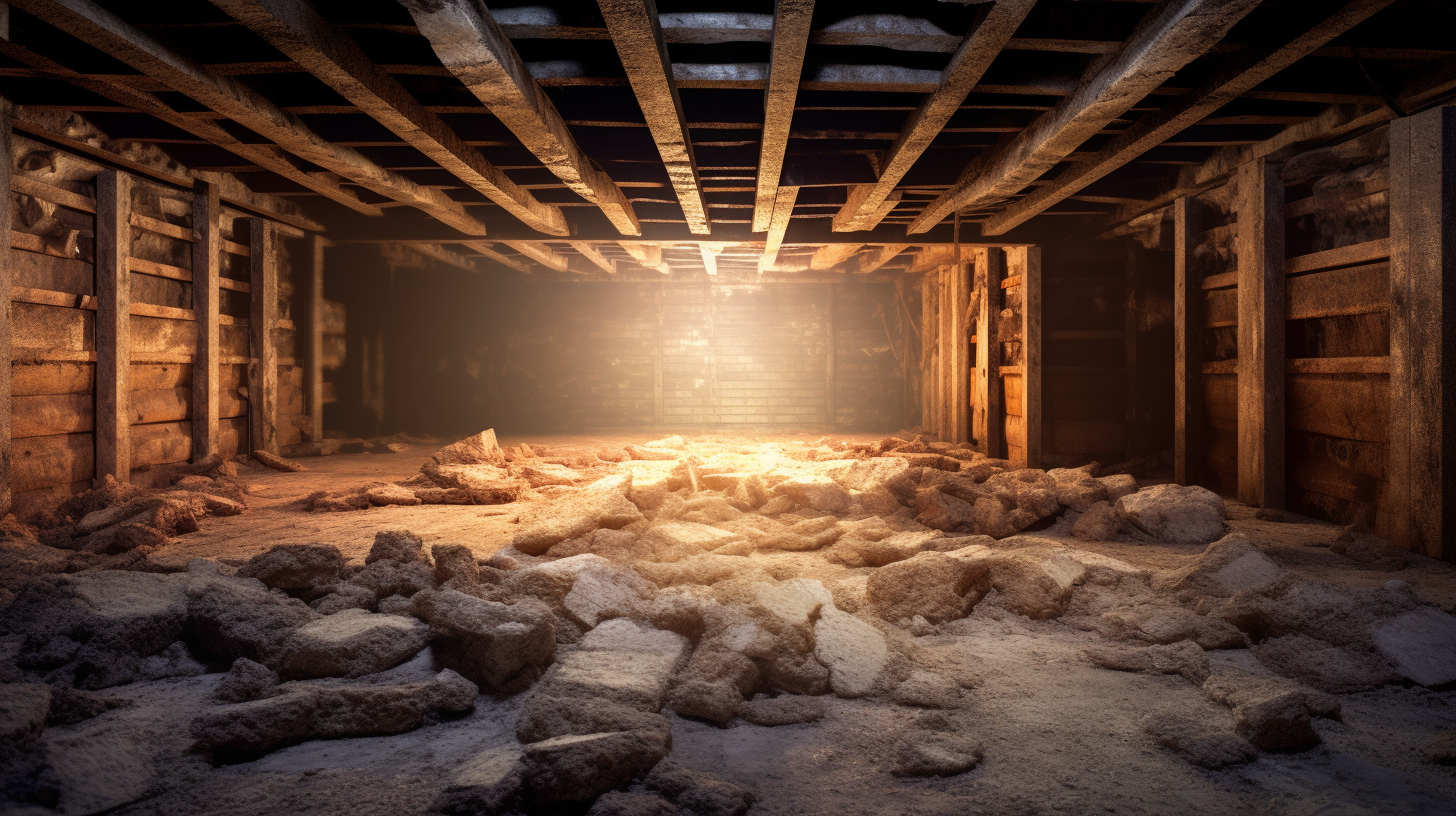
Got a Question? We’re Here to Help.
You can arrange an appointment or make an enquiry by phone or email, orget in touch to us via our contact form.
